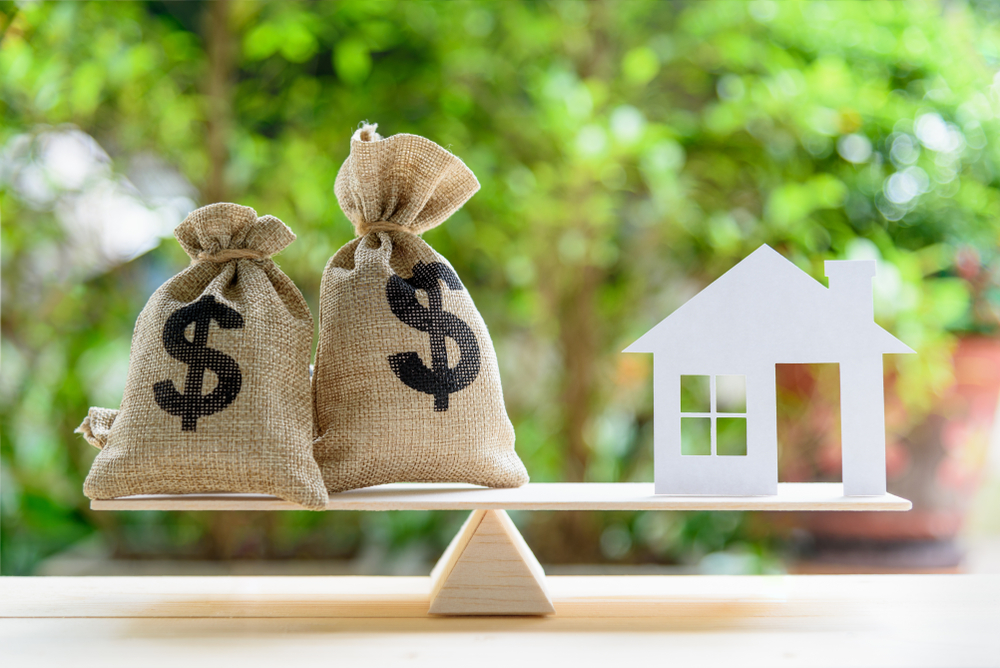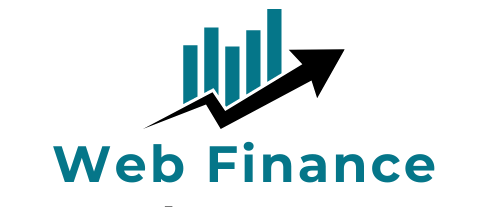Home re-financing is the process of obtaining funds, typically through lending institutions or mortgage brokers, to purchase a home. This type of financing involves the borrower obtaining a loan to pay for the property and then paying back the loan plus interest over a set period of time. Home financing options may vary depending on the borrower’s financial situation, credit score, and the lender’s requirements.
These options can include adjustable-rate mortgages, fixed-rate mortgages, government-backed loans, and more. Financing a home can often be a complex process, involving various fees, legal documents, and ongoing obligations. However, it is also an important investment and can provide home ownership and financial stability for years to come.

Benefits of Home Re-financing
Re-financing your home can provide several significant benefits, including the ability to lower your interest rate, reduce your monthly mortgage payments, shorten your loan term, and even access some of your home equity.
By trading in your current mortgage for a new one, you may be able to secure a lower interest rate, resulting in significant savings over the life of the loan. Additionally, if your credit score has improved since you first purchased your home, refinancing can allow you to qualify for a better rate.
You may also choose to refinance to convert an adjustable-rate mortgage into a fixed-rate mortgage, providing more stability in your monthly payments and easier budgeting. Refinancing can also provide an opportunity to access your home’s equity and use it to consolidate high-interest debt, finance renovations, or pay for other major expenses.
Overall, home re-financing can offer a range of benefits that can improve your financial stability and flexibility over the long term.
Risks of Re-financing
Home re-financing also comes with certain risks that homeowners should be aware of. One of the main risks is the potential for higher closing costs, which can eat into any savings achieved through refinancing.
Another risk is the possibility of losing equity in the home if the owner takes out too much cash when refinancing or extends the repayment period, resulting in higher interest charges over time.
Additionally, refinancing can negatively impact credit scores and result in higher debt to income ratios if homeowners take on additional debt. Ultimately, it is important for homeowners to carefully weigh the potential benefits and risks of refinancing before making a decision.
Home Re-financing Options
There are several types of home refinancing options that homeowners may choose from depending on their financial goals. The most common home refinancing options are rate-and-term refinancing, cash-out refinancing, and streamline refinancing.
Rate-and-term re-financing
Enables homeowners to lower their monthly mortgage payments by refinancing their existing loan to a lower interest rate or to a different loan term (e.g., moving from a 30-year mortgage to a 15-year mortgage).
Cash-out re-financing
Allows homeowners to tap into their home equity by refinancing their existing mortgage and taking out a new loan that is greater than what they owe. This option is commonly used for home renovations or debt consolidation.
Streamline re-financing
Simplified process that allows homeowners to refinance their existing FHA, VA, or USDA mortgage with fewer documentation requirements and may result in lower monthly payments.
Overall, homeowners should evaluate their financial goals and consult with a trusted lender before choosing the best refinancing option for their situation.
How to: Home Re-finance
Home re-financing involves replacing an existing mortgage with a new one, ideally at a lower interest rate. The first step in refinancing is to determine your credit score, as this will affect the interest rate you can qualify for. Next, shop around for lenders and compare their rates, fees, and qualifications.
Once you have chosen a lender, gather all necessary documentation, including income statements, tax returns, and bank statements. You will then need to go through the application and underwriting process, which involves submitting your documentation and having your credit review.
If you are approved, you will need to close the loan, which involves signing the necessary papers and paying any fees. It is important to weigh the costs and benefits of refinancing and ensure that it is a financially sound decision in the long term.
Home Re-financing Costs
Refinancing a home can be a beneficial decision for homeowners who are looking to lower their interest rate, change the terms of their loan or access equity for other purposes. However, it is important to consider the costs associated with refinancing.
Typically, refinancing a home involves closing costs which range from 2% to 5% of the total loan amount. These costs can include application fees, appraisal fees, title search, title insurance, and attorney or settlement fees. Additionally, there may be prepayment penalties if the original mortgage is paid off before its term.
To determine if refinancing is worth the cost, homeowners should consider how much they will save per month on their mortgage payment and compare that to the costs of refinancing. If the savings outweigh the costs and the homeowner plans to stay in the home for a substantial amount of time, then refinancing may be a smart financial decision.
Home Re-financing Conclusion
It’s important to carefully weigh the benefits and drawbacks of refinancing before you decide to take the plunge. Consider your long-term goals, your current financial situation, and the overall cost of refinancing. Additionally, shop around for lenders and compare offers to ensure you’re getting the best deal possible.
Overall, refinancing your home can be a great way to improve your financial outlook and provide more stability for you and your family. Keep these tips in mind and contact our professionals if you have any questions or concerns.
Interested in real estate investing? Read our financial portfolio guide.







